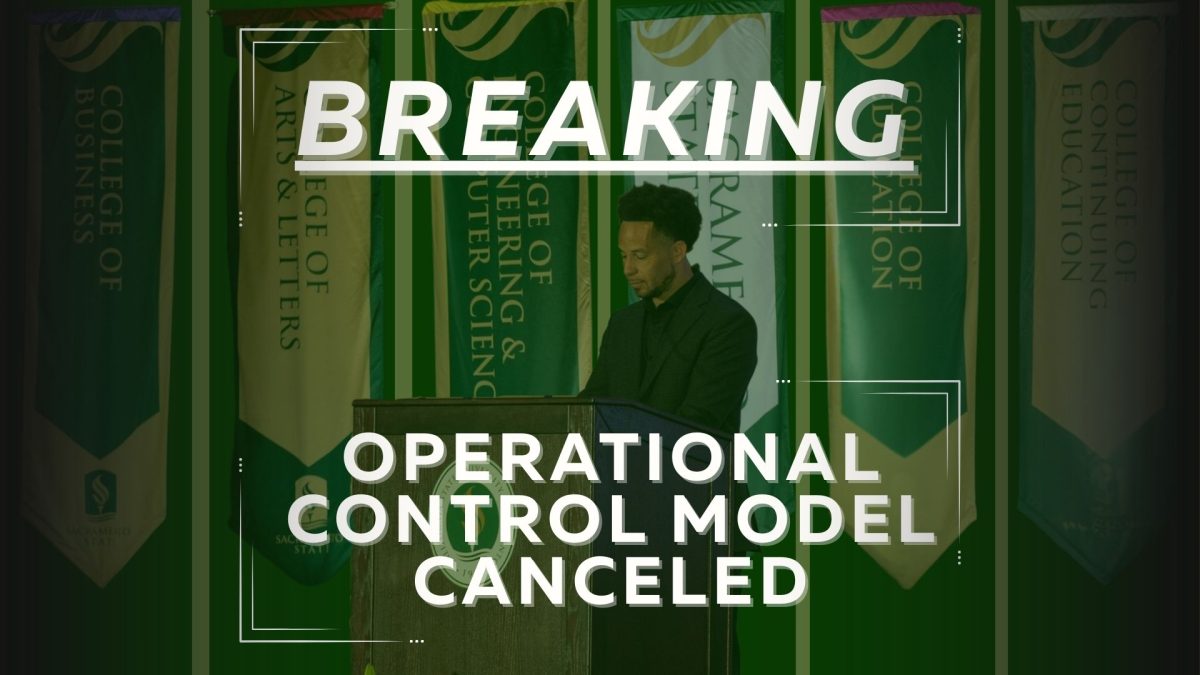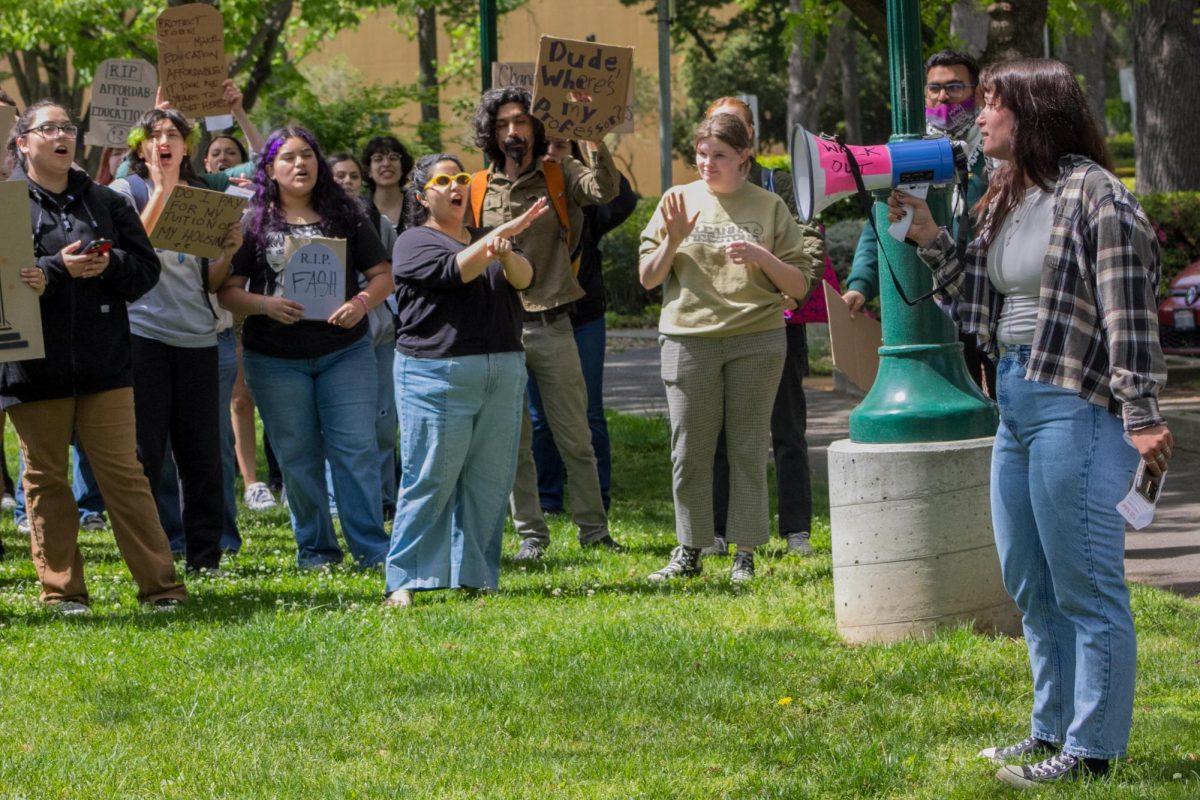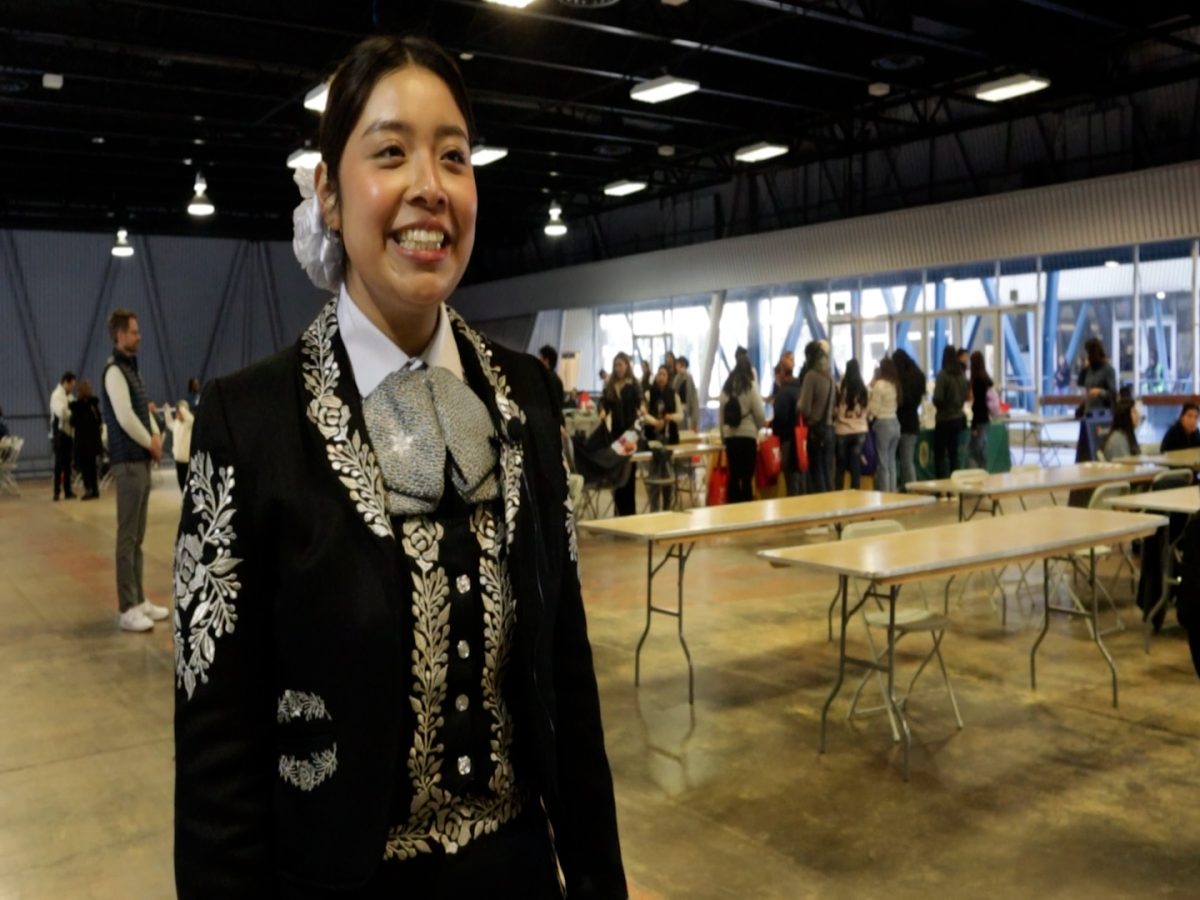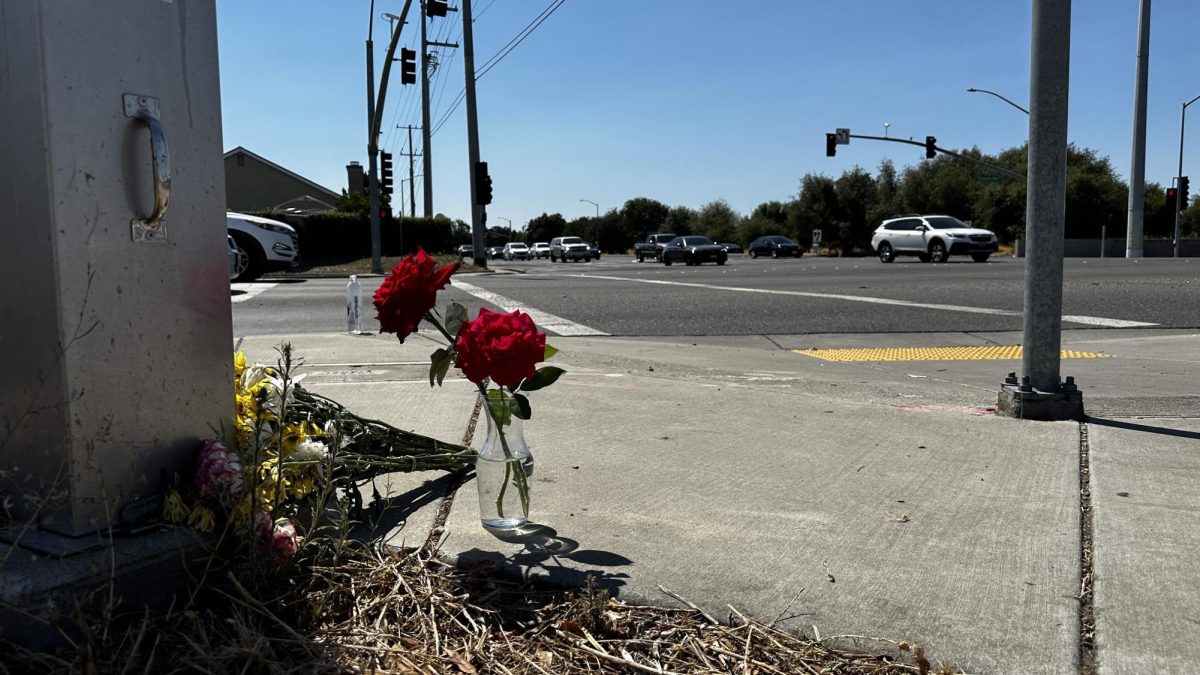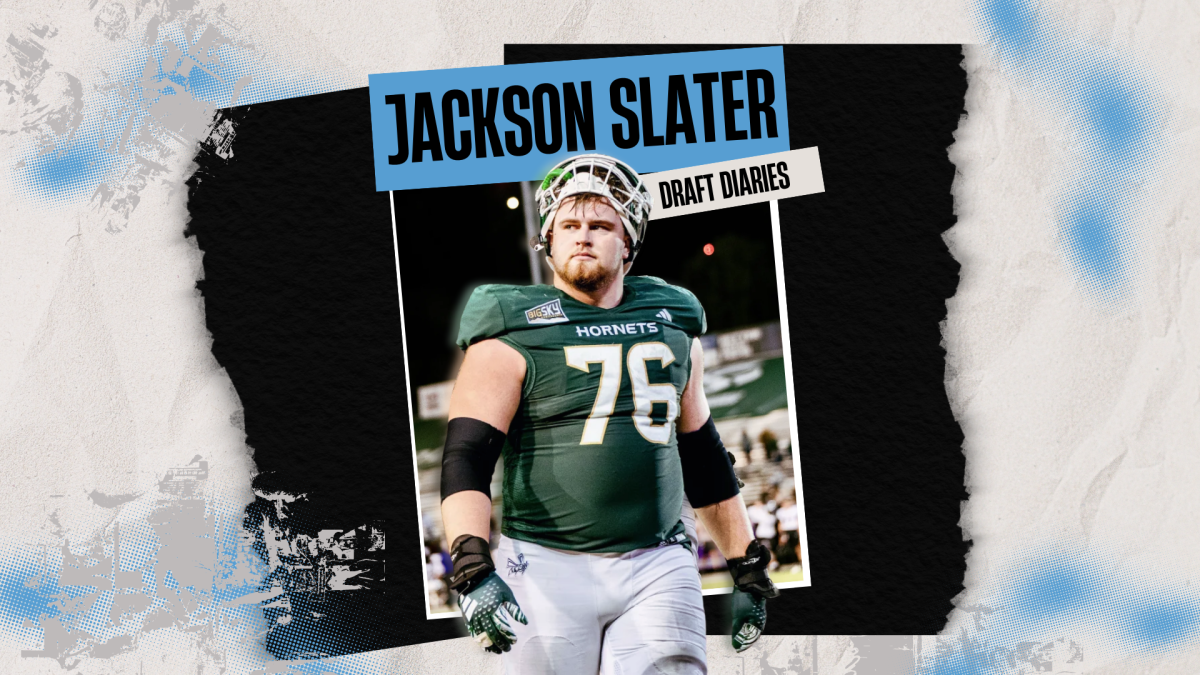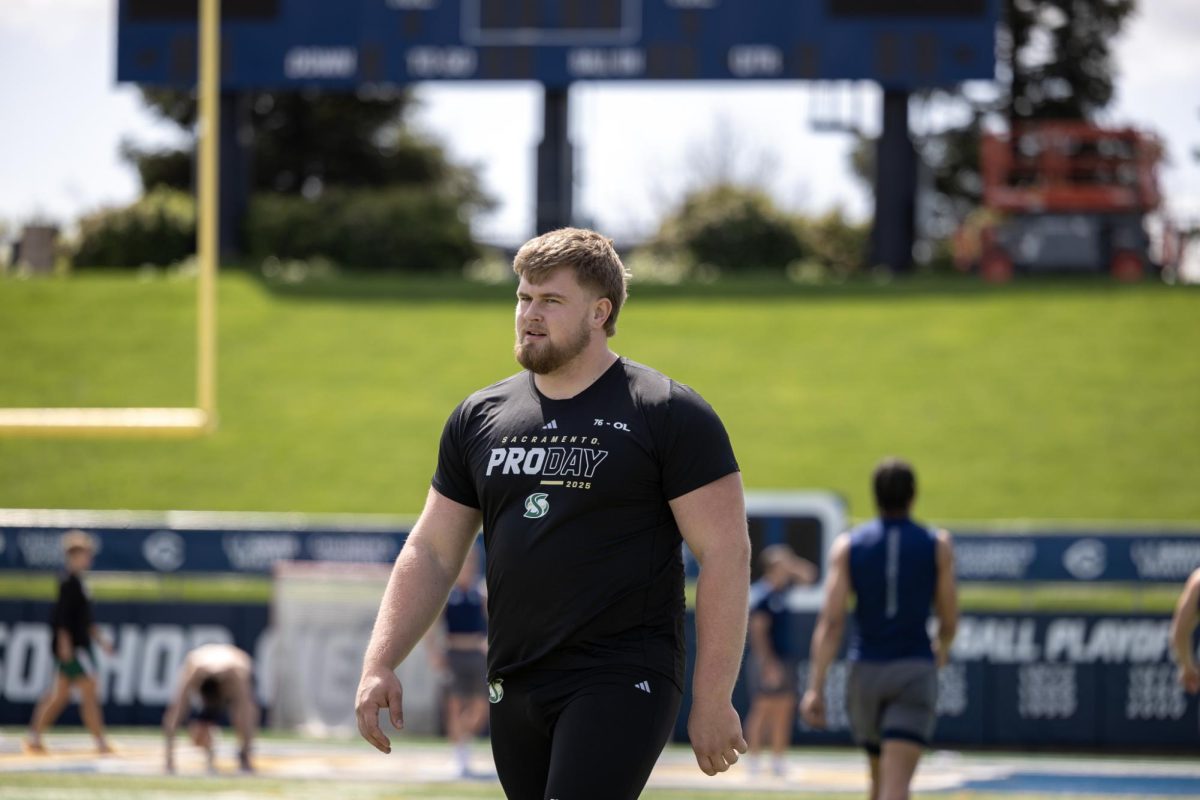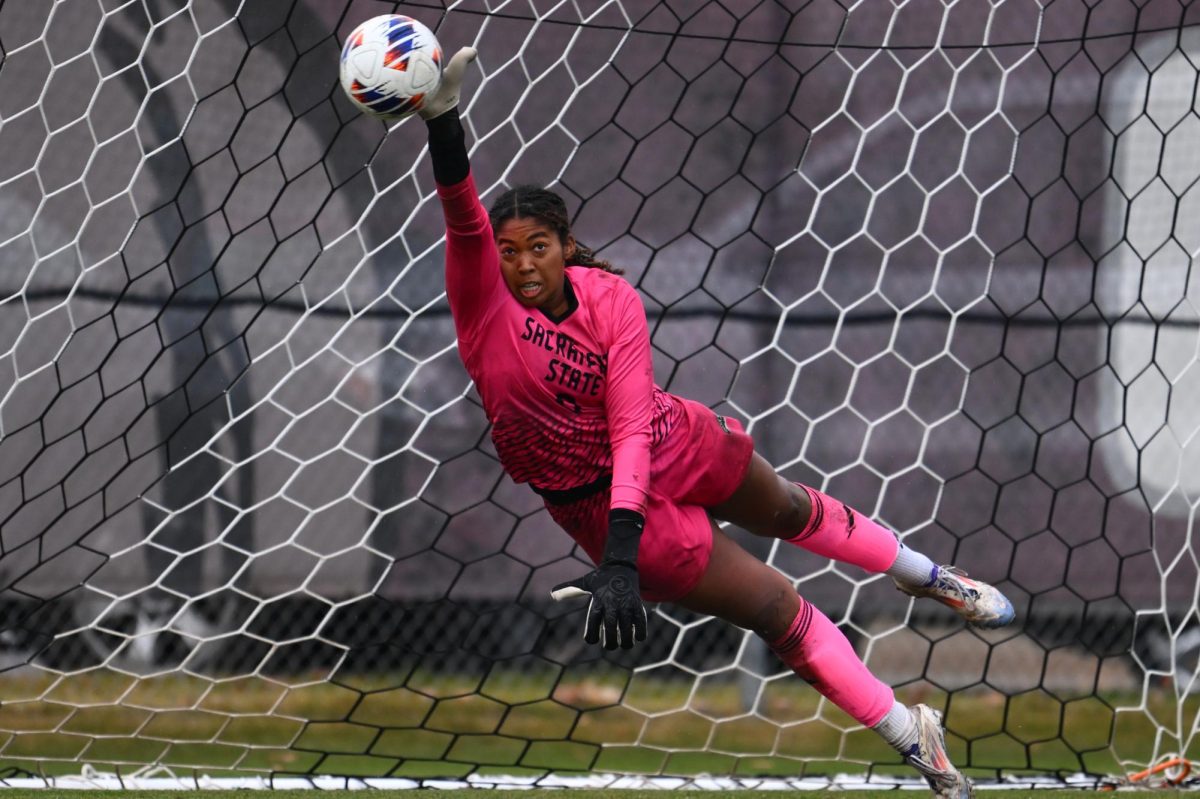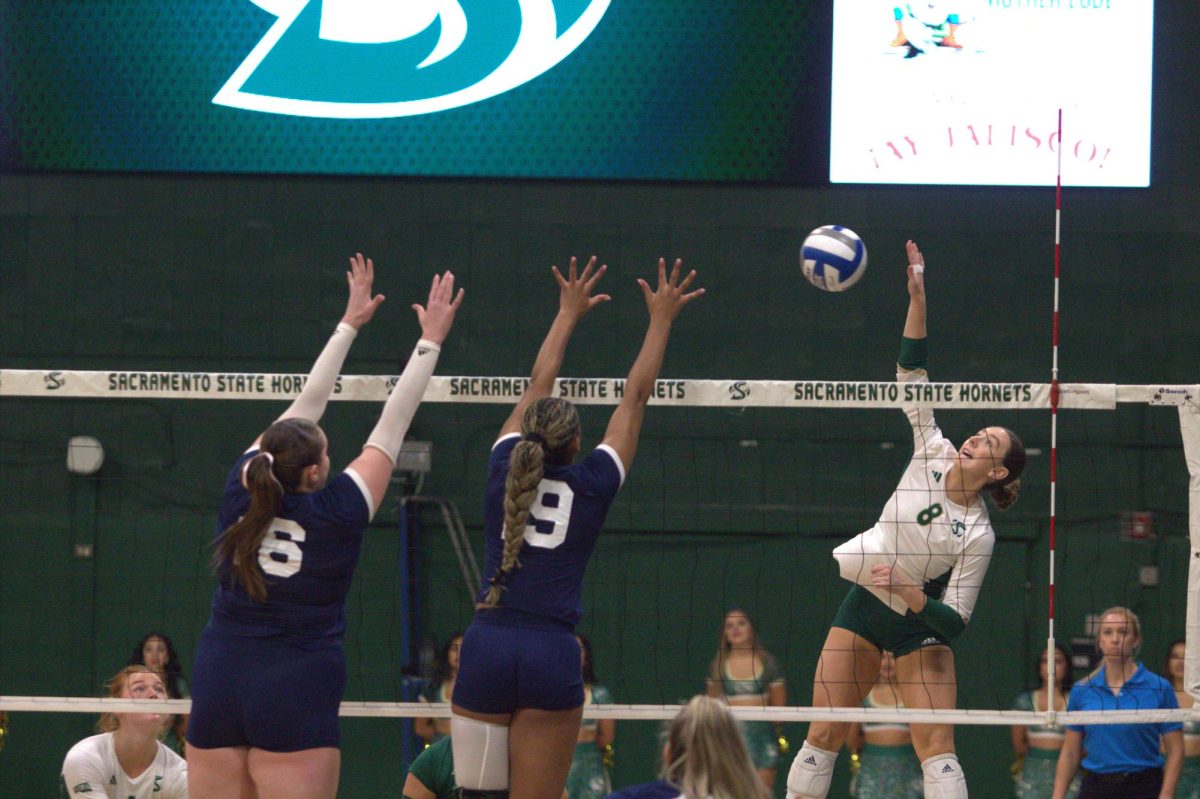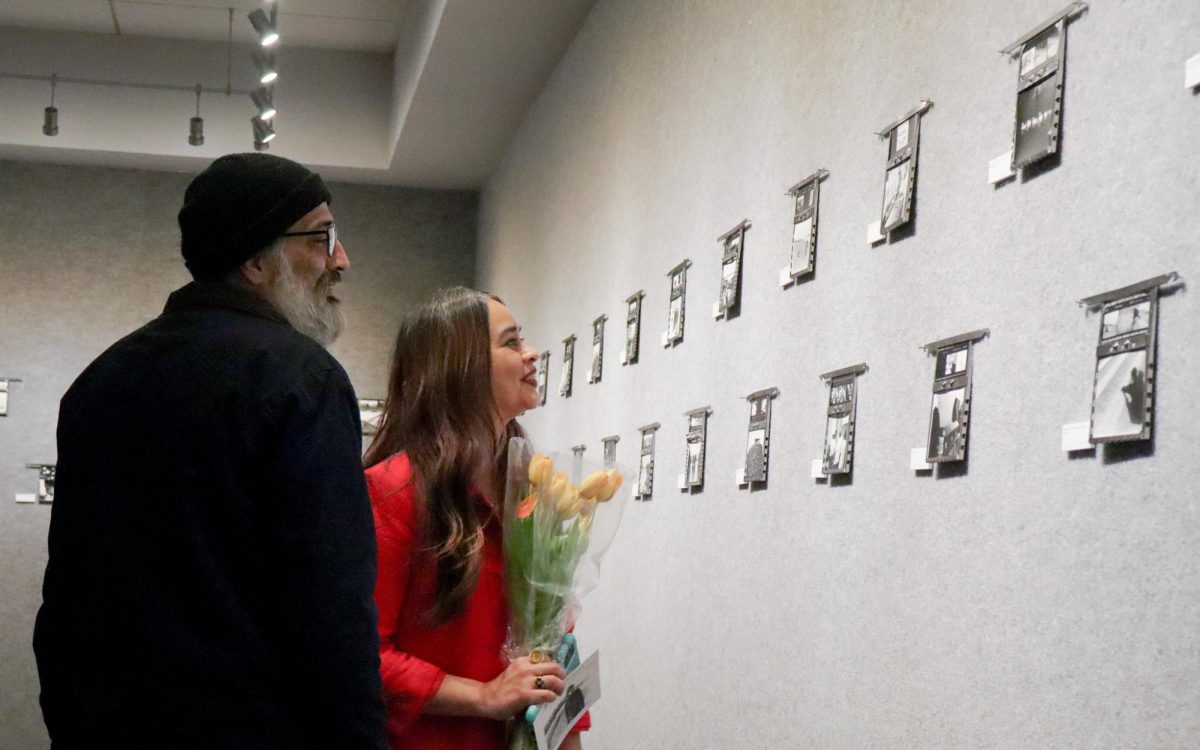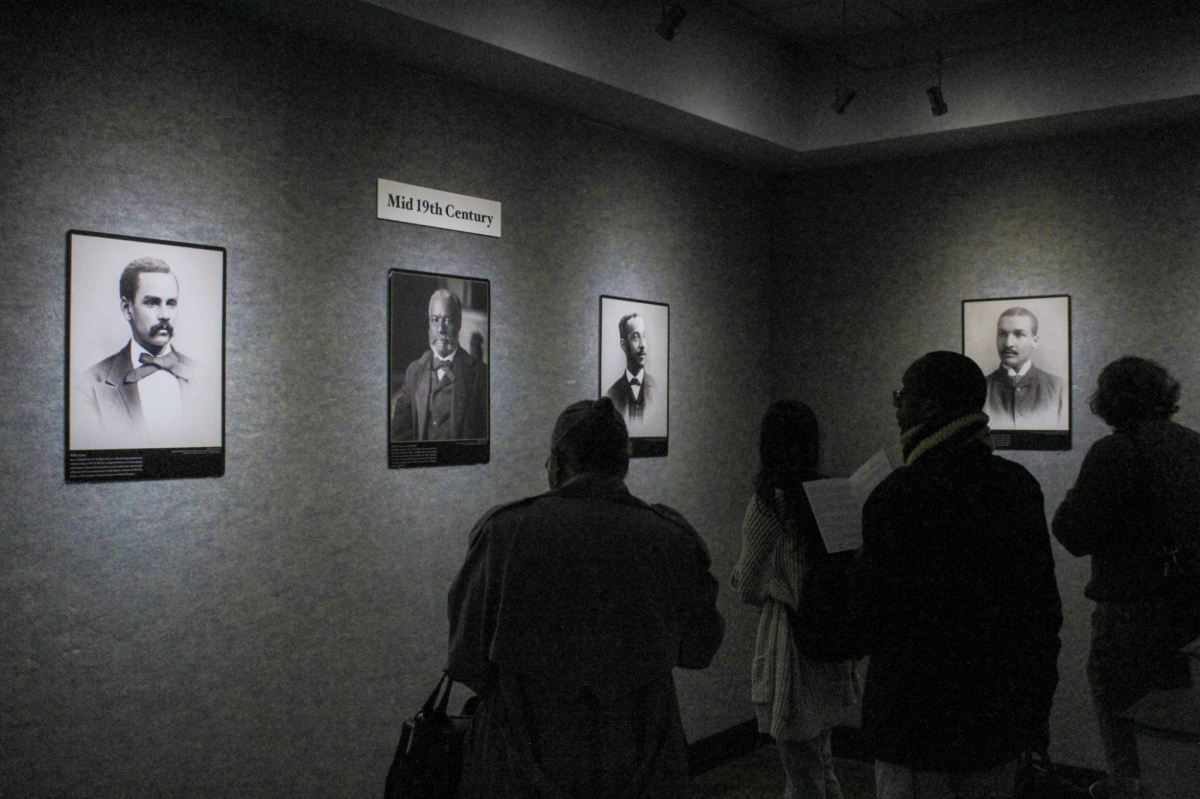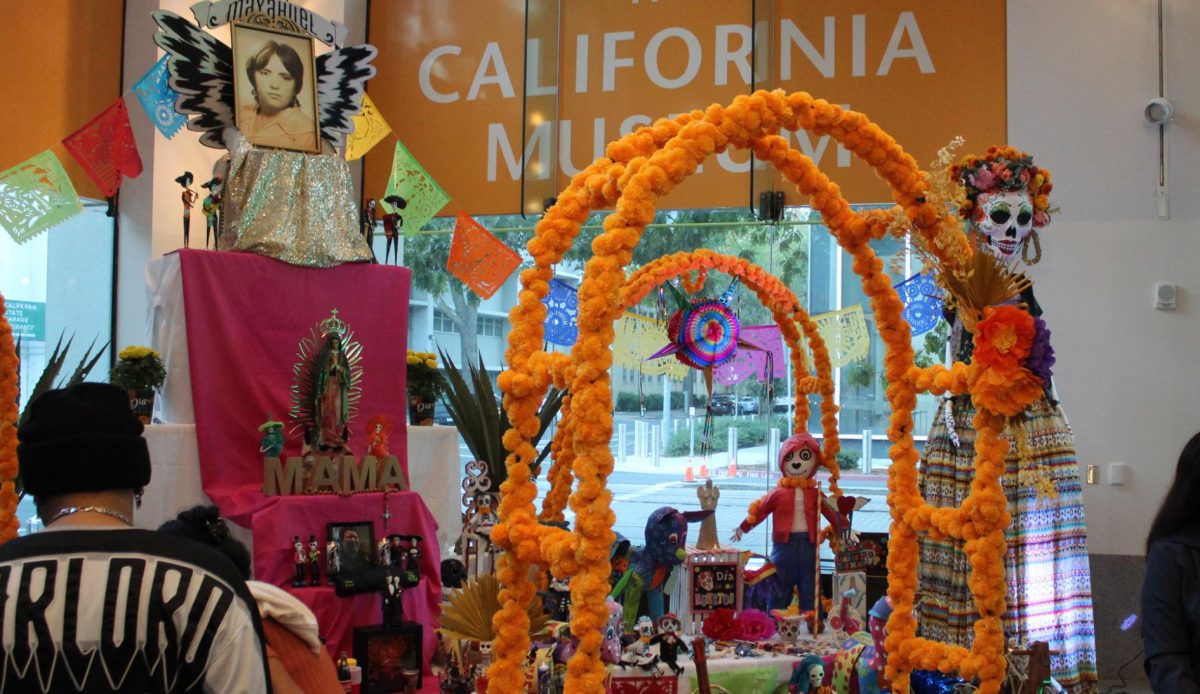Love delivered in punches and put downs
November 6, 2002
Perhaps I have been watching too much Lifetime television for women, but the topic of abuse in relationships has been heavy on my mind. I wonder what drives people to be abusive to ones that they say they love? Or what keeps these women involved with men who hurt them. The number of women who have been victims of abusive relationships are both shocking and depressing. Penn State University reports that from 21-53 percent of college students have experienced at least one incident of dating violence. These numbers are, of course, hard to pinpoint because very often they are not reported. Also, they are not necessarily a reflection of verbal abuse, which can be equally destructive, if not more than physical abuse. The report also states that women 19 to 29 years old are more likely than women of other ages to be victimized by an intimate partner. These are the prime ages of women in college. Many colleges have Web sites with information on sexual and verbal abuse for their students. Brown University has a new confidential site for students with different health concerns. Most of the questions asked are about drug/alcohol abuse, STD’s and relationship abuse.
Abuse is often something that is repeated. If a boy grew up seeing his father abusing his mother, this can become his example of how a relationship is supposed to be. Ironically, the behavior was something he hated as a child and swore that he would never do to his wife or girlfriend. Abusers are not always people who witnessed abuse though. Many times they are abusers because of their own inability to deal with anger issues, feelings of inadequacy, or powerlessness. Putting someone else down or hurting them makes them feel in control and therefore powerful. They often look and act like regular “nice guys.”
According to the American Bar Association, gender stereotypes also contribute to abuse, especially in young adults. Many traditional stereotypes exist in our society regarding appropriate gender roles for men and women. Young people learn these stereotypes from the time they are born and often perpetuate them by adopting such beliefs in their own lives through their actions and attitudes. Powerful gender stereotypes that contribute to the prevalence of dating violence include some of the following: male dominance/female subordination, men are aggressive/women are passive, women are viewed as the property of men, women are responsible for the success of the relationship.
Although not all dating violence is perpetrated by men against women, these stereotypes help explain why the vast majority of dating violence victims are female.
The question of why they stay seems to be very tricky to answer and understand. The abuser works to keep their victim in the relationship. They often blame their victims for the abuse and the victim will, many times, accept this blame. Also the victim may feel like they cannot get any better or that if they could just be better or nicer then the abuse will stop. Unfortunately, once the abuse starts it rarely ever goes away and often gets worse. Verbal abuse can turn into violence and violence can be deadly. Recognizing the signs of abuse is the first step.
Here are some signs from Dr. Drew’s Web site (drdrew.com):Withholds approval, appreciation, or affection as punishment, continually criticizes or insults you (includes calling you names or shouting at you.) Ignores your feelings on a regular basis. Insists that you dress the way he or she wants. Humiliates you in private or public. Insults your friends and family. Physically abuses you, rapes you or subjects you to other violent or degrading nonconsensual sexual acts, or threatens to commit suicide if you leave.
Being a victim of abuse or an abuser calls for professional help in order for it to stop. Get help if any of these are you or get involved if you have a friend or family member in an abusive relationship. Avoid being a subject of a Lifetime movie.







